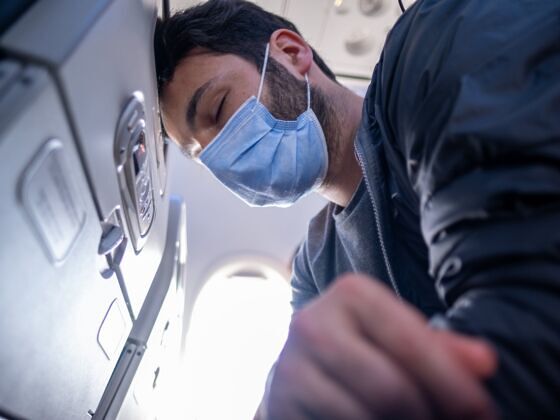THOSE OF YOU who plan on making a long trek to Western Australia for your next Ironman or to New York’s upcoming marathon may want to think about extending your ticket by a few days.
Last week, ABC News reported the story of Chris and Tammy Lifka, a husband and wife pair of athletes who ended up under medical care after a recent race. Shortly after completing an Ironman and driving 17 hours from Colorado back to their home in Chicago, Chris, 41, began experiencing pain in his midsection, a condition that lasted a several weeks. After coughing up blood, he was admitted to the emergency room, where doctors determined he had blood clots in his lung.
